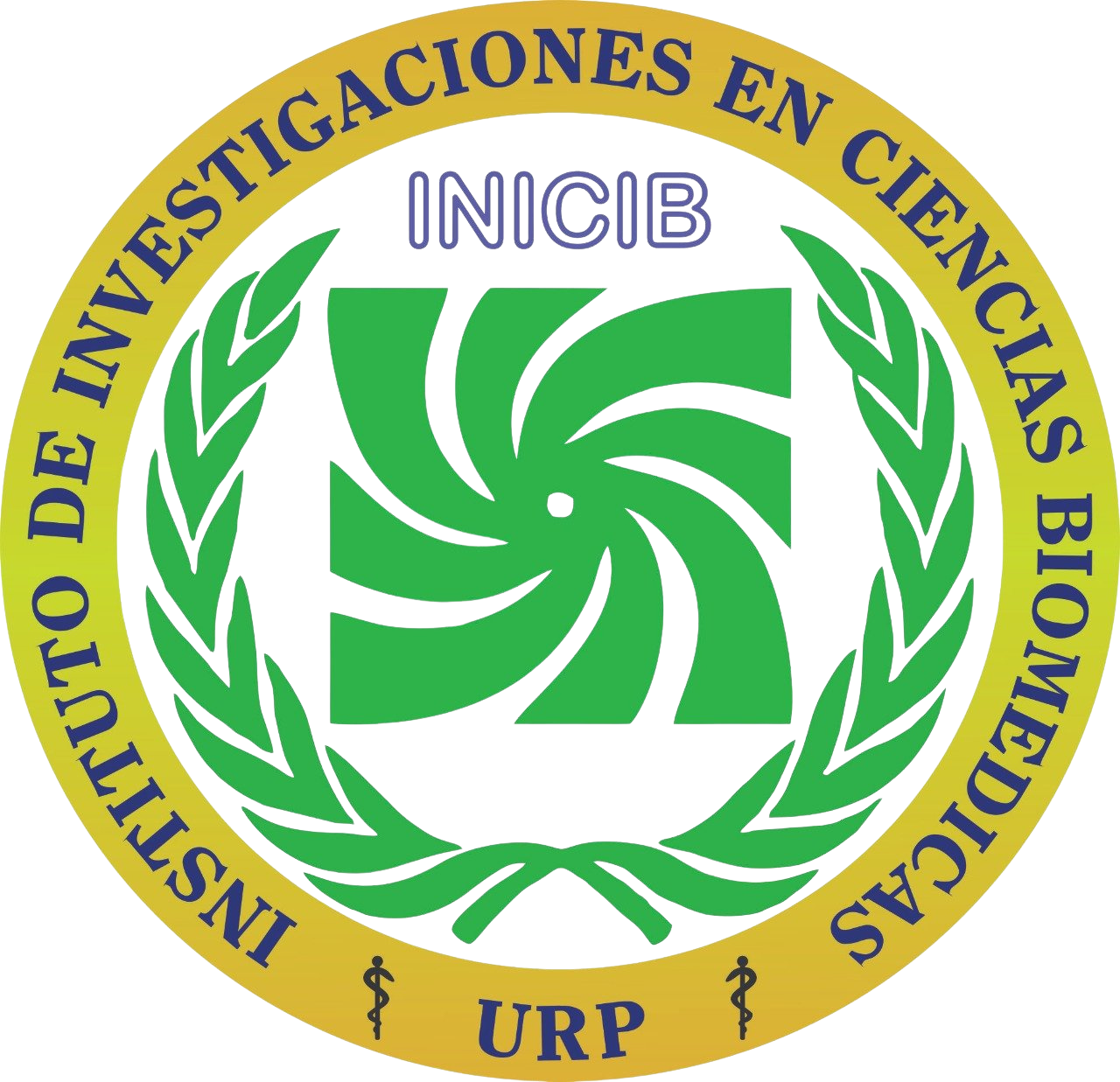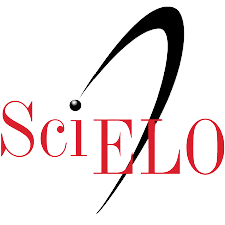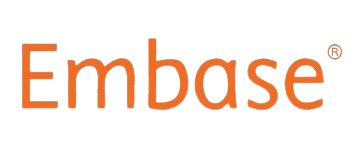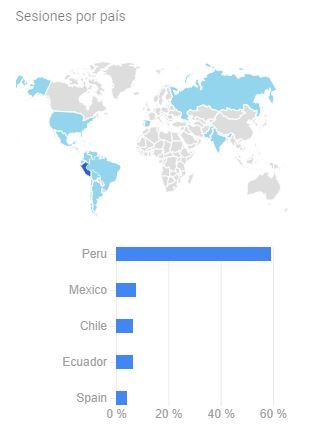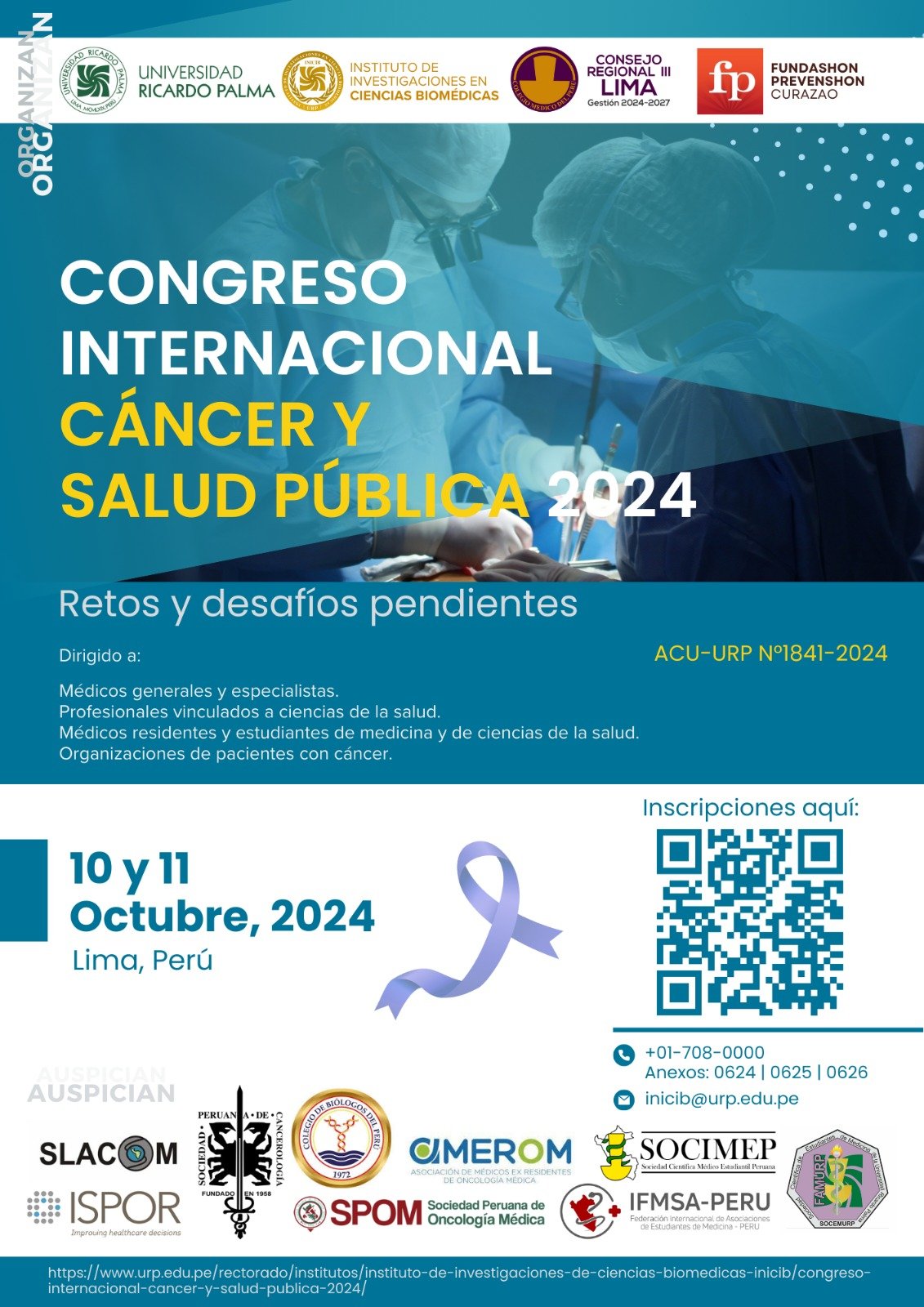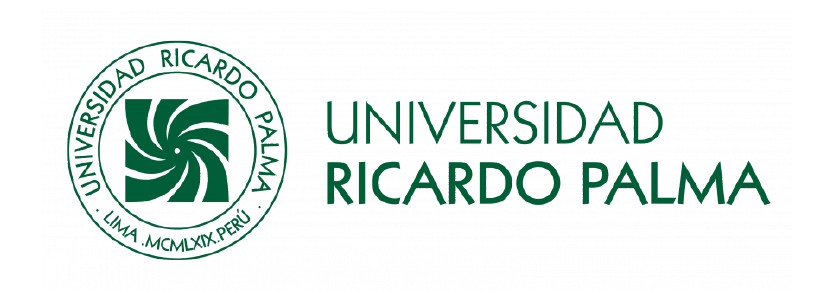Effect of Averrhoa carambola L. on the Skin in an Animal Model of Hypertrophic Scarring
Efecto de la Averrhoa carambola L. en la piel en un modelo animal de cicatrización hipertrófica
DOI:
https://doi.org/10.25176/RFMH.v24i3.6538Keywords:
Averrhoa carambola L, triamcinolone, hypertrophic scar, animal modelsAbstract
Introduction: Hypertrophic scarring in the skin represents a serious global public health problem, as it physically and emotionally affects people who suffer from it. This makes it necessary to investigate new alternatives for its prevention and treatment. The objective of the study was to compare the effect of Averrhoa carambola L. (star fruit) on the skin under an animal model of hypertrophic healing. Methods: Experimental study; 10 male New Zealand breed rabbits were used, between 3 and 4 months old, with an average weight of 3 to 3.5Kg. The creation of hypertrophic scars in the ears of rabbits was induced under the model described by Morris et al. One of the groups received 1 mL of a 10% aqueous solution of the lyophilized star fruit, while the other received 1 mL of triamcinolone acetate; in both groups the application was intralesional and weekly in a month. After the treatment, under sedation, only the hypertrophic scars were extracted using a biopsy punch and the tissues were preserved in 10% formalin for subsequent pathological examination. Results: The group that received star fruit solution significantly improved the dermis and epidermis in the hypertrophic scars on the ears of rabbits that received treatment. When compared with the group that received triamcinolone acetonide, there were no statistically significant differences. Conclusion: The lyophilized aqueous extract of star fruit at 10% demonstrated a similar effect compare to triamcinolone acetonide (treatment of choice) in reducing the fibrosis of hypertrophic scars in the ears of rabbits.
Keywords: Averrhoa carambola L., triamcinolone, hypertrophic scar, animal models. (MeSH/NLM)
Downloads
References
Lee HJ, Jang YJ. Recent Understandings of Biology, Prophylaxis and Treatment Strategies for
Hypertrophic Scars and Keloids. Int J Mol Sci. 2018; 19(3). DOI: 10.3390/ijms19030711
Sen CK, Gordillo GM, Roy S, Kirsner R, Lambert L, Hunt TK, et al. Human skin wounds: a major
and snowballing threat to public health and the economy. Wound Repair Regen. 2009; 17(6):763-71.
DOI: 10.1111/j.1524-475X.2009.00543.x
Leventhal D, Furr M, Reiter D. Treatment of keloids and hypertrophic scars: a meta-analysis and
review of the literature. Arch Facial Plast Surg. 2006; 8(6):362-8. DOI: 10.1001/archfaci.8.6.362
Ogawa R. Keloid and Hypertrophic Scars Are the Result of Chronic Inflammation in the Reticular
Dermis. Int. J. Mol. Sci. 2017; 18(3):606. DOI: 10.3390/ijms18030606
Choi J, Lee EH, Park SW, Chang H. Regulation of Transforming Growth Factor β1, Platelet-Derived
Growth Factor, and Basic Fibroblast Growth Factor by Silicone Gel Sheeting in Early-Stage
Scarring. Arch Plast Surg. 2015; 42(1):20-7. DOI: 10.5999/aps.2015.42.1.20
Srivastava S, Patil AN, Prakash C, Kumari H. Comparison of Intralesional Triamcinolone Acetonide,
-Fluorouracil, and Their Combination for the Treatment of Keloids. Adv Wound Care (New
Rochelle). 2017; 6(11):393-400. DOI: 10.1089/wound.2017.0741
Roques C, Téot L. The Use of Corticosteroids to Treat Keloids: A Review. The International Journal
of Lower Extremity Wounds. 2008; 7(3):137-145. DOI: 10.1177/1534734608320786
Occleston NL, Metcalfe AD, Boanas A, Burgoyne NJ, Nield K, O'Kane S, et al. Therapeutic
improvement of scarring: mechanisms of scarless and scar-forming healing and approaches to the
discovery of new treatments. Dermatol Res Pract. 2010. DOI: 10.1155/2010/405262
Li J, Wang J, Wang Z, Xia Y, Zhou M, Zhong A, et al. Experimental models for cutaneous
hypertrophic scar research. Wound Repair Regen. 2020; 28(1):126-144. DOI: 10.1111/wrr.12760
Singh R, Sharma J, Goyal PK. Prophylactic Role of Averrhoa carambola (Star Fruit) Extract against
Chemically Induced Hepatocellular Carcinoma in Swiss Albino Mice. Adv Pharmacol Sci. 2014.
DOI: 10.1155/2014/158936
Soncini R, Santiago MB, Orlandi L, Moraes GO, Peloso AL, dos Santos MH, et al. Hypotensive
effect of aqueous extract of Averrhoa carambola L. (Oxalidaceae) in rats: an in vivo and in vitro
approach. J Ethnopharmacol. 2011; 133(2):353-7. DOI: 10.1016/j.jep.2010.10.001
Shui G, Leong LP. Analysis of polyphenolic antioxidants in star fruit using liquid chromatography
and mass spectrometry. J Chromatogr A. 2004; 1022(1-2):67-75. DOI:
1016/j.chroma.2003.09.055
Gauglitz GG, Korting HC, Pavicic T, Ruzicka T, Jeschke MG. Hypertrophic scarring and keloids:
pathomechanisms and current and emerging treatment strategies. Mol Med. 2011; 17(1-2):113-25.
DOI: 10.2119/molmed.2009.00153
Chiang RS, Borovikova AA, King K, Banyard DA, Lalezari S, Toranto JD, et al. Current concepts
related to hypertrophic scarring in burn injuries. Wound Repair Regen. 2016; 24(3):466-77.
DOI: 10.1111/wrr.12432
Nischwitz SP, Rauch K, Luze H, Hofmann E, Draschl A, Kotzbeck P, et al. Evidence-based therapy
in hypertrophic scars: An update of a systematic review. Wound Repair Regen. 2020; 28(5):656-665.
DOI: 10.1111/wrr.12839
Morris DE, Wu L, Zhao LL, Bolton L, Roth SI, Ladin DA, et al. Acute and Chronic Animal Models
for Excessive Dermal Scarring: Quantitative Studies. Plastic & Reconstructive Surgery. 1997;
(3):674-681. DOI: 10.1097/00006534-199709000-00021
National Research Council (US) Committee for the Update of the Guide for the Care and Use of
Laboratory Animals. Guide for the Care and Use of Laboratory Animals. 8th ed. Washington (DC):
National Academies Press (US); 2011. DOI: 10.17226/12910
Cabrini DA, Moresco HH, Imazu P, da Silva CD, Pietrovski EF, Mendes DA, et al. Analysis of the
Potential Topical Anti-Inflammatory Activity of Averrhoa carambola L. in Mice. Evid Based
Complement Alternat Med. 2011. DOI: 10.1093/ecam/neq026
Huang C, Liu L, You Z, Zhao Y, Dong J, Du Y, et al. Endothelial dysfunction and mechanobiology
in pathological cutaneous scarring: lessons learned from soft tissue fibrosis. Br J Dermatol. 2017;
(5):1248-1255. DOI: 10.1111/bjd.15576
Ogawa R, Akaishi S. Endothelial dysfunction may play a key role in keloid and hypertrophic scar
pathogenesis - Keloids and hypertrophic scars may be vascular disorders. Med Hypotheses. 2016;
:51-60. DOI: 10.1016/j.mehy.2016.09.024
Barnes LA, Marshall CD, Leavitt T, Hu MS, Moore AL, Gonzalez JG, et al. Mechanical Forces in
Cutaneous Wound Healing: Emerging Therapies to Minimize Scar Formation. Adv Wound Care
(New Rochelle). 2018; 7(2):47-56. DOI: 10.1089/wound.2016.0709
Lingzhi Z, Meirong L, Xiaobing F. Biological approaches for hypertrophic scars. Int Wound J. 2020;
(2):405-418. DOI: 10.1111/iwj.13286
Zhu Z, Ding J, Tredget EE. The molecular basis of hypertrophic scars. Burns Trauma. 2016.
DOI: 10.1186/s41038-015-0026-4
Huang J, Zhou X, Xia L, Liu W, Guo F, Liu J, et al. Inhibition of hypertrophic scar formation with
oral asiaticoside treatment in a rabbit ear scar model. Int Wound J. 2021; 18(5):598-607.
DOI: 10.1111/iwj.13561
Song Y, Yu Z, Song B, Guo S, Lei L, Ma X, et al. Usnic acid inhibits hypertrophic scarring in a
rabbit ear model by suppressing scar tissue angiogenesis. Biomed Pharmacother. 2018; 108:524-530.
DOI: 10.1016/j.biopha.2018.06.176
Liu DQ, Li XJ, Weng XJ. Effect of BTXA on Inhibiting Hypertrophic Scar Formation in a Rabbit
Ear Model. Aesthetic Plast Surg. 2017; 41(3):721-728. DOI: 10.1007/s00266-017-0803-5
Sari E, Bakar B, Dincel GC, Budak Yildiran FA. Effects of DMSO on a rabbit ear hypertrophic scar
model: A controlled randomized experimental study. J Plast Reconstr Aesthet Surg. 2017; 70(4):509-
DOI: 10.1016/j.bjps.2017.01.006
Liang X, Huang R, Huang J, Chen C, Qin F, Liu A, et al. Effect of an aqueous extract of Averrhoa
carambola L. on endothelial function in rats with ventricular remodelling. Biomed Pharmacother.
;121. DOI: 10.1016/j.biopha.2019.109612
Xie Q, Zhang S, Chen C, Wei X, Li J, Xu X, et al. Protective Effect of 2-Dodecyl-6-
Methoxycyclohexa-2, 5-Diene-1, 4-Dione, Isolated from Averrhoa Carambola L., Against Palmitic
Acid-Induced Inflammation and Apoptosis in Min6 Cells by Inhibiting the TLR4-MyD88-NF-κB
Signaling Pathway. Cell Physiol Biochem. 2016; 39(5):1705-1715.
DOI: 10.1159/000447871
Sakhiya J, Sakhiya D, Kaklotar J, Hirapara B, Purohit M, Bhalala K, et al. Intralesional Agents in
Dermatology: Pros and Cons. J Cutan Aesthet Surg. 2021; 14(3):285-295.
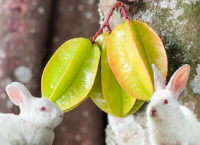
Downloads
Published
How to Cite
Issue
Section
License
Copyright (c) 2024 Revista de la Facultad de Medicina Humana

This work is licensed under a Creative Commons Attribution 4.0 International License.


